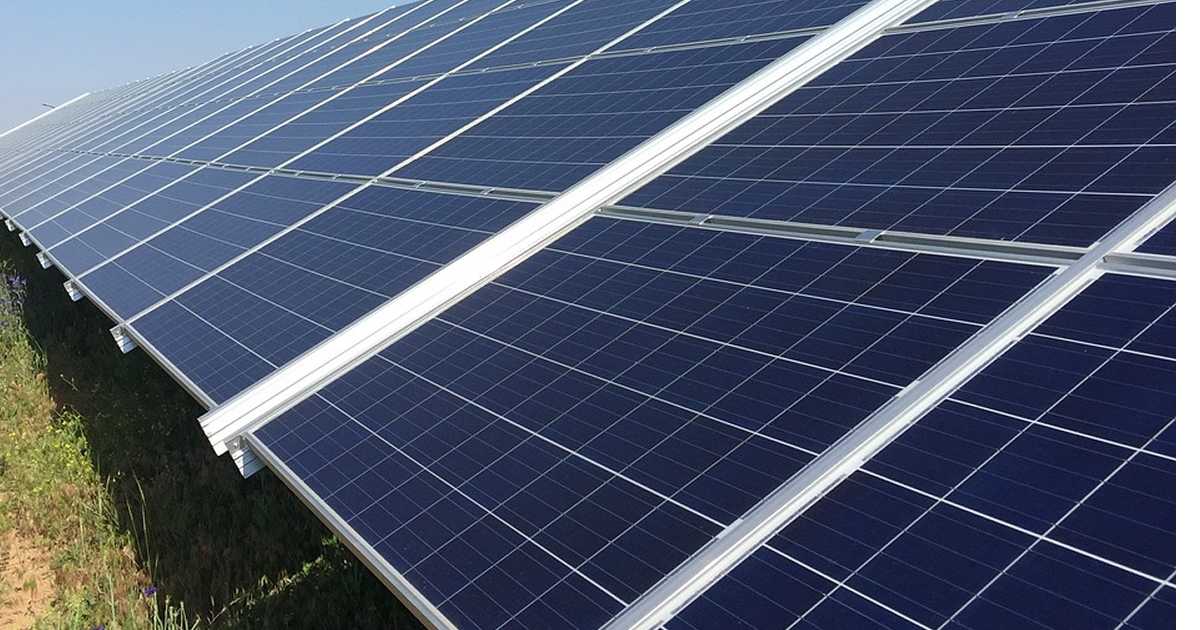A proposed solar farm project north-east of Walla Walla in New South Wales starts its exhibition period, while another large-scale PV venture in the region may face formal opposition from Greater Hume Council.
Council Concerns Over Jindera Solar Farm
A proposed 150MWdc PV power plant and battery storage facility are to be constructed approximately 4 kilometres north of the town of Jindera (population: 1,293), but it seems Greater Hume Council is not thrilled with GreenSwitch’s Jindera Solar Farm project.
Council will meet this evening to discuss and vote on a draft submission to the NSW Department of Planning, Industry and Environment objecting to the development. The draft notes a number of concerns, including claims of:
- a loss of amenity for nearby residents through the landscape changing from prime agricultural land to “industrial in appearance”.
- the loss of agricultural land.
- the potential for a “heat island effect” to negatively impact upon localised climatic conditions.
- dust issues.
- minimal economic benefits besides those for the landowners involved.
- restricting the growth of Jindera in the direction of the site.
- bushfire risk.
Council’s full draft submission can be viewed here.
The exhibition period for Jindera Solar Farm ends on November 13 – further information on the project can be found here.
Walla Walla Solar Farm Exhibition Period Commences
Around 23 kilometres north of the Jindera project and approximately 4 kilometres from Walla Walla (population: 567) is the site for the proposed Walla Walla Solar Farm. The facility is to be comprised of 900,000 solar panels across 605 hectares of privately owned land.
Developer and owner FRV Services Australia, which acquired the project from Bison Energy in June this year, says the 300MWac solar power station will generate 740,000 MWh of clean electricity a year. That output, which seems a little optimistic, will be enough to supply the electricity needs of equivalent to 90,000 NSW homes says FRV, while avoiding 520,000 tonnes of carbon dioxide emissions annually.
FRV says sheep will be able to continue grazing on the site after the solar farm is constructed. The company hopes to start construction in the first quarter of 2021 and for commercial operations to commence in the final quarter of 2022.
The NSW Department of Planning, Industry and Environment will be holding a community information session tomorrow in Jindera regarding the project.
“We want to hear from the community about their views on the proposal to help us make a thorough and rigorous assessment and ensure any potential impacts to the surrounding area and local residents are considered,” said DPIE Executive Director, Energy and Resource Assessments, Mike Young.
It’s not clear yet what Council’s thoughts on the Walla Walla venture are, but FRV may be a little on edge given some rumblings from residents earlier this year about it and the reaction from Council to Jindera.
The exhibition period for the project closes on December 2, 2019 – further information is available here.
Another large scale PV facility in the pipeline for Greater Hume Shire is CWP Renewables’ Glenellen Solar Farm, which will have an estimated maximum capacity of 200MW and feature battery storage. The Secretary’s Environmental Assessment Requirements (SEARs) was issued in September 2018, and there hasn’t been any news since.
In New South Wales, councils are not the consenting authorities for projects considered State Significant Developments (SSDs); such as the above. That role lies with the Department of Planning, Industry and Environment, which takes into account views of residents, council and other stakeholders before making a decision.


 RSS - Posts
RSS - Posts



The heat-island effect …. rubbish. This has to do with thermal mass, generally concrete and bitumen, and applies to all-concrete/bitumen cities.
Loss of agricutural land … I agree somewhat, if the land was previously used for crops .. however, it can still be used for grazing by sheep (apparently).
Aesthetics … not even a consideration in any case, unless they have cow/sheep carcasses hanging in full view of a childrens school .. in which case, I suspect that they’re operating the solar farm incorrectly.
Dust issues, on agricultural land, in times of drought? Actually, the solar panels will provide partial shading on the ground underneath, limitting the heat of full-sun in summer, and reducing evaporation. Effectively, it will be greener and less dusty.
Minimal economic benefits for everyone except the owners. Oh please. If that is a consideration, effectively this argument implies that every farmer should pack up and move to the city, because their neighbours are gaining minimal economic benefit from their activity.
This is just NIMBY activity by technophobic neanderthals.